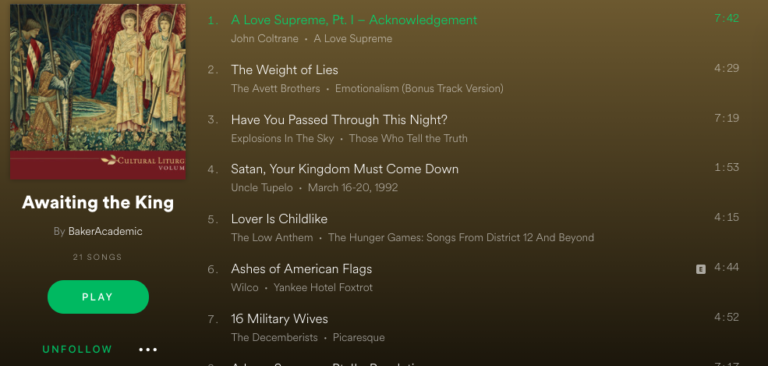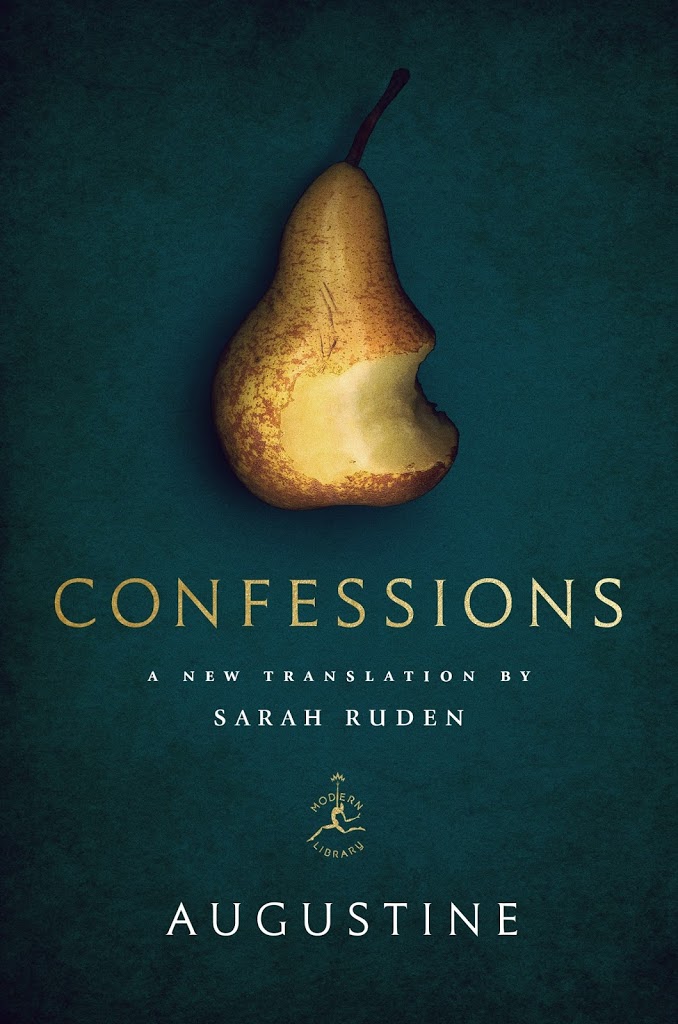Annotating Texts: Some Suggestions (with Pictures!)
A friend of mine who is also a doctoral student recently asked if I had any sort of system for how I annotate books, particularly primary texts. It was an interesting question, because annotating books is certainly one of the central practices of my scholarly life–and yet it’s not something I was ever explicitly taught, nor is it something I’ve attempted to teach to others. I suppose I (mistakenly) thought it was somehow “natural,” or that annotation practices were so idiosyncratic that it would be presumptuous to even try.
On the other hand, the question got me wondering whether this isn’t one of the sorts of concrete aspects of study and scholarship that professors should spend more time talking about. So, with just that notion in mind, I’ve here gathered a few random thoughts about how I approach the annotation of texts. And I’ve included a few examples, not because I think my approach is exemplary, but only to give some concrete pictures to consider. I’m sure others have both more elaborate and more efficient procedures.
I would preface this by noting that I think annotation is always determined by a telos: I mark up a book differently if I’m teaching it vs. writing a review; similarly, my annotation will look different if I’m reading the book as a primary resource for a writing project vs. professional development and trying to keep up in various fields. (I also mark up novels, but won’t touch on that here.)
Without further adieu, some random thoughts for a friend that might be helpful to others:
1. Your notation should be a way for you to keep track of the thread of an argument. So on one level, you should be underlining and putting notes in the margin that help YOU keep a handle on the argument. Ideally, you want to do this in a way so that when you return to the book, you can quickly reorient yourself to the argument and the main moves of the text. This requires watching especially for transitions and turning points in the argument. (I use the top of the page to note themes I’ll want to find quickly when I page through later.)
| Husserl, Cartesian Meditations |
2. You need to develop your own way of noting gradations of emphasis. This might be a simple as single underlining and double underlining. Or could be different colored pens, or ink vs highlighter. Whatever. I just find it helpful to have some layers. (This is especially important when you return to read a text again and again–look for ways to distinguish annotations in later readings–you might have to buy purple and green pens! And sometimes you’ll find you need to later scratch out juvenalia. My copy of Of Grammatology is filled with this because I first read it as an ardent undergrad who was clueless.)
| Merleau-Ponty, Phenomenology of Perception |
3. Use numbers in the margin to track different parts of an argument as it unfolds.
4. Write marginal comments to try to encapsulate key points in your own language. If you’re reading a translation, at some points you might want to note key terms in the original language.
| Augustine, Confessions |
5. Put circled question marks in the margin where you just can’t figure out some point. Don’t get bogged down there, however. Note it, mush on, and it might become clear later.
6. Cross-reference. You know how some Bibles have those elaborate cross-reference systems? Do something like that yourself: point back and forth with marginal notations like: “Cp. p. 17” and then go back to 17 and note the other page.
| Heidegger, Being and Time |
7. Argue with the author in the margins. Put big Xs (or “B.S.”!) beside passages that deserve critique. Perhaps briefly note your critical point.
8. Finally, and maybe most importantly treat the hors-texte blank pages at the back as space to create your own personal index, tailored to what’s at stake for you. You’re always reading a book with some interest, from some angle, so create an index that helps you come back to the book later and immediately get back up to speed. This might include tracking some specific themes and noting the page numbers where it appears, then drawing some lines of connection, etc. It’s also a space to perhaps summarize your taken particular issues, etc.
| Jacques Derrida, Adieu to Emmanuel Levinas |
| Derrida, The Gift of Death [annotated for writing an article] |
| Merleau-Ponty, Phenomenology of Perception [annotated for teaching, then writing] |
| James Davison Hunter, To Change the World [annotated for a review] |
Ultimately, you need to craft a ‘system’ that works for you. And be open to evolution and development on this score: I annotate books much differently now than I did in college or even grad school. It’s never too late to start, and you can always change how you do it.
Next up: pics of “notes” that my toddlers inscribed in my books over the years!



